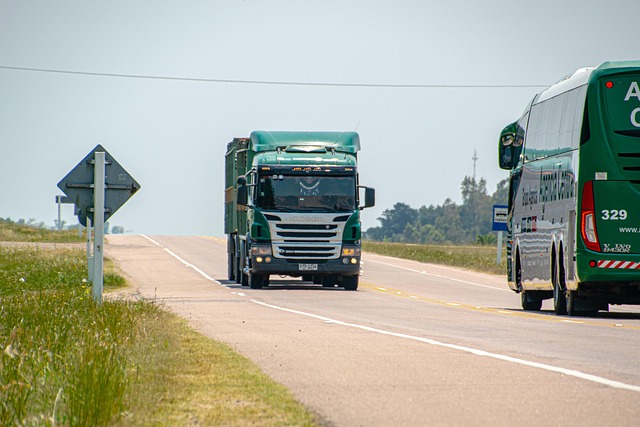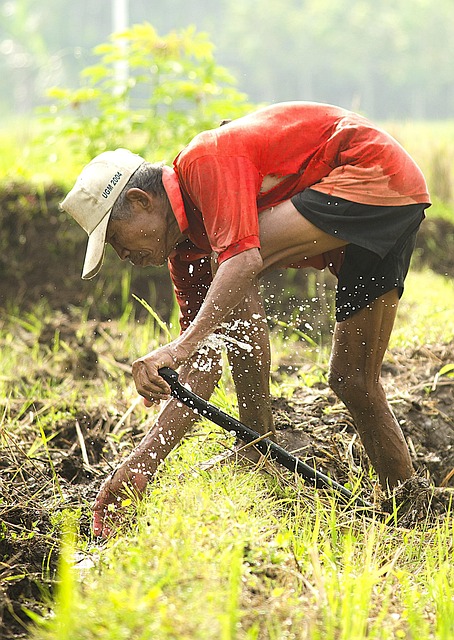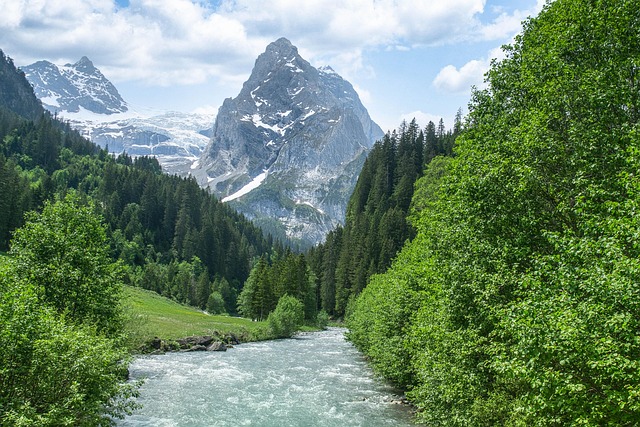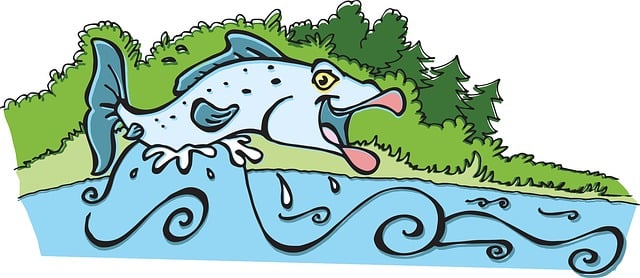Responsible fishing practices are crucial for preserving the Mackenzie River's exceptional biodiversity and crystal-clear waters. Anglers should prioritize safety with proper gear, adopt catch-and-release techniques, and respect sensitive habitats to ensure the river's health and maintain its status as a premier fishing destination for future generations, focusing on McKenzie River fishing conservation.
Unwind along the pristine waters of the McKenzie River and embrace an angling adventure. Before casting your line, understand the unique ecosystems that sustain its abundant fish life. This guide provides essential safety tips for responsible river fishing. From choosing the right gear to practicing catch and release, these measures ensure the long-term health of the McKenzie River’s fragile environment. Join us in exploring how to enjoy this natural treasure responsibly, contributing to its conservation for future anglers.
- Understanding McKenzie River Ecosystems
- Safety Gear Essentials for Anglers
- Practicing Responsible Catch and Release
Understanding McKenzie River Ecosystems
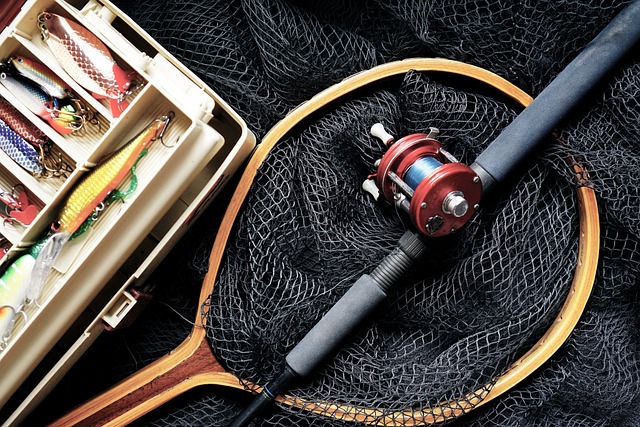
The McKenzie River, known for its crystal-clear waters and rich biodiversity, is a paradise for anglers seeking exceptional fishing experiences. However, understanding the delicate ecosystems that support this vibrant habitat is crucial for both fishing enthusiasts and conservationists alike. The river’s diverse aquatic life, from salmonids to trout, thrives in a carefully balanced environment influenced by factors such as water temperature, flow rates, and vegetation.
McKenzie River fishing conservation plays a vital role in preserving these ecosystems. Anglers should be mindful of their actions to minimize disruption. Practicing responsible fishing techniques, including proper catch-and-release methods, helps maintain the river’s health. Additionally, respecting designated areas, especially those with sensitive habitats, ensures the survival of native species and preserves the overall beauty of this remarkable waterway for future generations to enjoy.
Safety Gear Essentials for Anglers
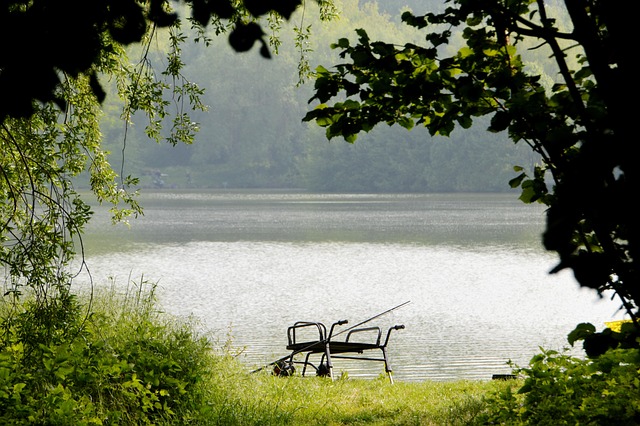
When heading out on the McKenzie River for a day of fishing, proper safety gear is non-negotiable. Always ensure you have a well-stocked and easily accessible kit containing essential items such as a life jacket, suitable footwear, weather-appropriate clothing, and a first aid pack. These fundamentals not only enhance your personal safety but also contribute to the broader McKenzie River fishing conservation efforts by reducing risks and minimizing environmental impact.
Fishing requires a specific set of tools designed for both functionality and safety. Incorporate durable waders or dry suits, waterproof boots with good grip, and gloves into your gear to protect against aquatic elements. Additionally, carrying a reliable fishing net, sharp hooks, and plenty of line ensures a successful experience while adhering to responsible angling practices that preserve the pristine nature of the McKenzie River ecosystem.
Practicing Responsible Catch and Release
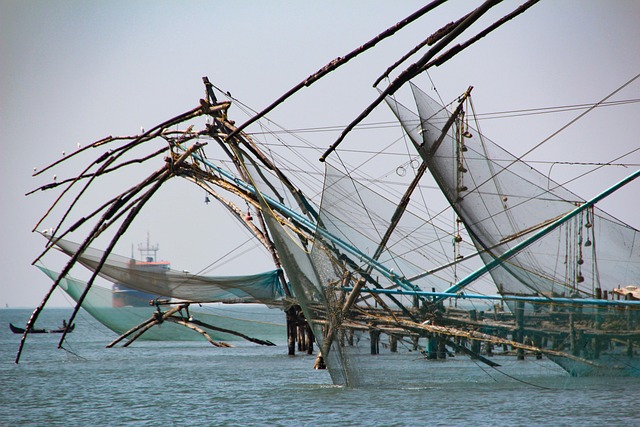
When fishing in the pristine waters of the McKenzie River, it’s crucial to embrace responsible catch and release practices. This means handling fish with care, ensuring their well-being during capture and immediately releasing them back into the river. Every angler should be mindful of the environmental impact of their actions. By adopting this approach, you contribute to the conservation of the river’s delicate ecosystem and preserve it for future generations of anglers.
Remember that catch and release fishing requires proper technique. Use equipment designed for the task, such as soft-tipped rods and specialized hooks meant to minimize damage. Additionally, maintain a steady, gentle pull rather than violent jolts that can stress the fish. Proper handling includes wetting your hands before touching fish, supporting their bodies with a palm or towel, and removing hooks carefully. These simple steps go a long way in protecting the McKenzie River’s vibrant aquatic life and maintaining its reputation as a premier fishing destination.
